Rhine River Overview — A Coveted River Cruising Region for Good Reason
By Heidi Sarna
Updated March 2025
The storied, romantic Rhine is one of the world’s most legendary rivers — a muse for artists and writers, a snaking siren to lovelorn sailors, and a coveted cruising destination.
Along with the Danube, it’s also served as a vital waterway for trade, invasions and defence since the Holy Roman Empire. More recently, during WWII, the Rhine was a much fought over frontier between the Allied and Axis powers.
Over the centuries, major cities developed along its banks, from Basel, Switzerland, to Strasbourg, France, and Germany’s Mannheim, Mainz, Bonn, Cologne and Dusseldorf where prestigious universities and important industries thrived.
Today, the cities delight visitors with their flower-lined canals, and medieval half-timbered buildings and massive stone cathedrals.
The Dynamic Rhine River
One of Europe’s longest rivers at 820 miles (or 1320 Kilometers*), the Rhine begins in the Swiss Alps, born of glacial ice and snow. It rushes down steep slopes, taking the form of waterfalls and rapids — hence it’s no surprise that “Rhine” is a Celtic and Gaulish word meaning “raging flow.”
From its origins, the Rhine passes through remote forests and travels into and out of huge lakes, taking a sharp turn west at the foot of the Alps, ever twisting along its course until reaching Basel, at the junction of the Swiss, French and German borders.
At different points, the Rhine forms the border between countries: Switzerland and Lichtenstein, Switzerland and Austria, and Switzerland and Germany.
It separates France and Germany for just over a hundred miles between Basel and just south of Karlsruhe.
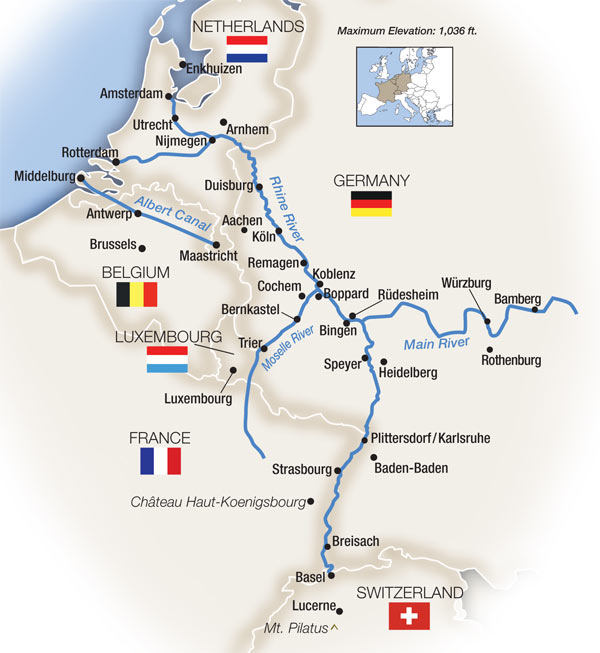
Photo Credit: Tauck
It is from Basel that the Rhine becomes navigable all the way to the North Sea. From Basel north to Bingen, the river is called the Upper Rhine and it proceeds on a flatter, calmer, tree-lined path, in part because the Rhine has been canalized and straightened over the past two centuries; in this section river boats will pass through 10 locks.
Between Bingen and Bonn (just south of Cologne), the Middle Rhine is that fabled 90-mile stretch of castles and vineyards, largely original, deeply incised and forever winding. Finally, at Bonn, the Lower Rhine continues north and eventually splits into several named tributaries in the delta region of The Netherlands to empty into the North Sea. On a typical weeklong cruise, roughly two days are spent in each region.
Not all of the Rhine is scenic. Industrial complexes with belching smokestacks, especially around Ludwigshafen, and north of the Rhine Valley, around Cologne, Dusseldorf and the Ruhr, Germany’s industrial heart, flank some sections of the Rhine.
Luckily this grey commercial landscape is confined to a few spots, and it should be noted that much of this region drives Germany as Europe’s economic powerhouse.
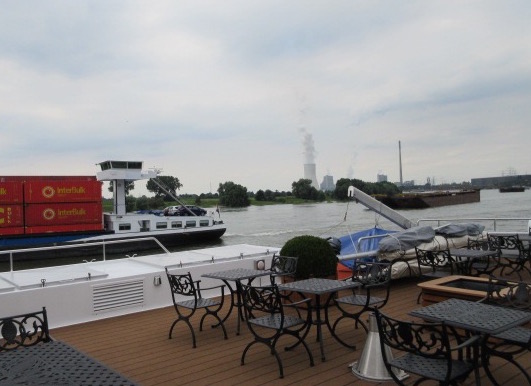
An industrial area along the Lower Rhine, as seen from a river cruise. * Photo: Heidi Sarna
Besides other tourist boats, another frequent sight are commercial barges carrying heaps of coal (Germany still relies on coal power for a lot of its energy), chemicals, oil, ore, new cars, and other cargo. Some barges, privately-owned and the equivalent of water-going 18-wheelers, are also home so look for barking dogs, flower boxes and cars parked behind the living quarters and wheelhouse.
* The exact length of the Rhine seems to be up for grabs; another popular figure found online is 764 miles or 1,230 kilometers, the later of which is supposedly a transposition of the “3” and the “2.”
Subscribe to our monthly small ship cruise email
Subscribe to QuirkyCruise.com for monthly curated newsletters highlighting our top small cruise ship reviews, round-ups & offers!
Canalizing & Straightening the Rhine
A good part of the Upper Rhine, roughly between Basel and Strasbourg, was redirected, straightened and/or canalized (with locks) at various points over the past two centuries to improve navigability and make inland shipping and water management more predictable.
Varying weather conditions in the Alps, for instance, mean a winter with too much ice and snow can cause flooding, while too little leads to low water levels, with the depth of the Rhine ranging between 5 and 35 feet.
To offset this and make conditions more reliable, the Rhine’s original curves were cut off like the elbows of a bent arm, not dissimilar to what happened to the Lower Mississippi when it was straightened and kept in check by levees.
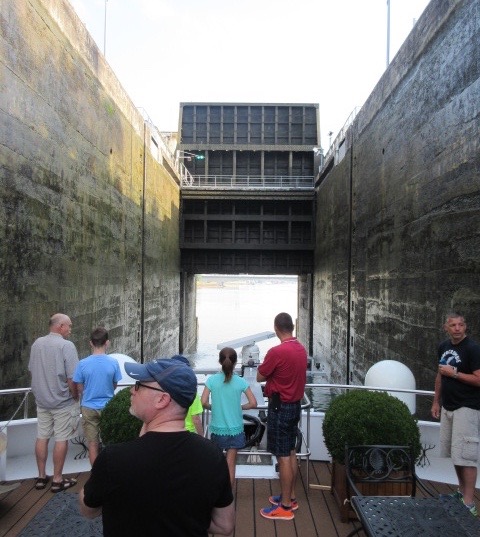
Passing through one of the 10 locks on a typical 7-night Rhine itinerary. * Photo: Heidi Sarna
In his 2006 book, “The Rhine,” Hydrologist Thomas P. Knepper goes into great detail about how the Rhine has been altered. Here’s an excerpt:
“For centuries, man has been seeking to control the rivers. With the growth of cities and the expansion of industries, the river landscape has inevitably become an artificial landscape, with considerable difference between various river branches. Although the rivers today are far from natural, they probably cannot be completely controlled by man, which is demonstrated by unexpected floods and inundations.
The Rhine has created a number of problems in the past, particularly in the regions of the Upper Rhine, the Lower Rhine and the Delta Rhine. To address all of these problems, extensive river improvement schemes began in the 19th century. Main channels were systematically fixed and narrowed, navigation channels were dredged, sandbanks were removed, groynes [structures that stop sediment] were created to fix the riverbanks, and the rivers straightened at necessary points.
In other parts of the river, particularly in the Netherlands, dikes were erected. The oldest dikes on the Dutch river system were built in the 10th century. By 1450, the great rivers had been more or less completely diked.”
Cruising Between Amsterdam & Basel
Most Rhine River cruises last a week and ply between Basel and Amsterdam. All of the major European river cruise lines offer Rhine cruises, including Uniworld, AmaWaterways, CroisiEurope, Viking and others.
RELATED: Peter Knego reviews a Croisi Europe Rhine River cruise.
RELATED: Heidi reviews a family Rhine River cruise with Uniworld.
RELATED: Peter Knego shares the pros and cons of an off-season Rhine River cruise .
Many travelers tack on a few days at either end using the cruise lines’ pre-/post-cruise hotel packages or creating their own. Amsterdam is a wonderful city of museums and gorgeous architecture, a necklace of canals, and with a vibrant street life thronged with pedestrians and zillions of bicycles. As a welcome bonus, its airport makes a convenient gateway.
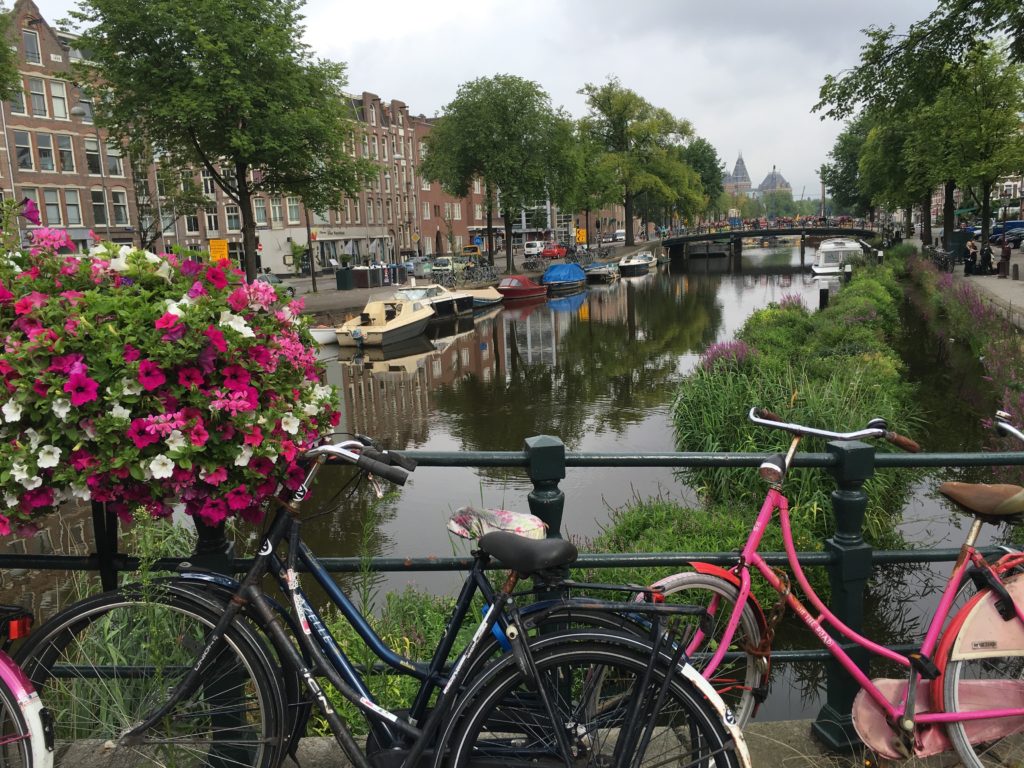
Amsterdam, what else but canals and bicycles. * Photo: Heidi Sarna
Underrated and less known, riverside Basel’s lovely old town is a treasure trove of stunning medieval buildings.
In summer, “Rheinschwimmen” is a popular activity in Basel, when adventurous souls float down the cold fast-moving river clutching brightly-colored, locally bought waterproof bags to hold their phones, wallets and stuff, bobbing along like fishing floats for 15 or 20 minutes until they climb out and do it all over again.
(A good place to enter the river is behind the Tinguely Museum, and then exit out of the ramps or ladders that line the northern banks — just follow the crowd).
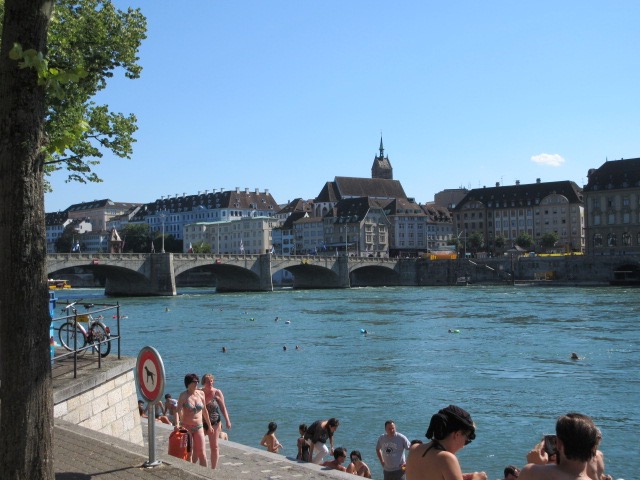
“Rheinschwimmen” in Basel. * Photo: Heidi Sarna
For those who choose to fly in or out of Zurich, Switzerland, the country’s best-connected airport, or Lucerne, they tend to spend a few days in one of these beautiful, historic lake cities — both about a two-hour drive or 1-hour train ride from Basel.
The Rhine Valley: The Star of the Show
The gorgeous Middle Rhine, or Rhine Valley, is the highlight of the cruise, with two days spent soaking up the beauteous glory between Rudesheim and Koblenz, a feast of medieval castles one after another popping into view atop the river’s steep rocky slopes and interrupted by quilt-like patches of emerald-green vineyards.
This outstanding section has deservedly earned the designation of a UNESCO World Heritage site. See old toll towers, some perched imperiously atop rocky outcroppings, where tariffs were once collected before the boats could pass.
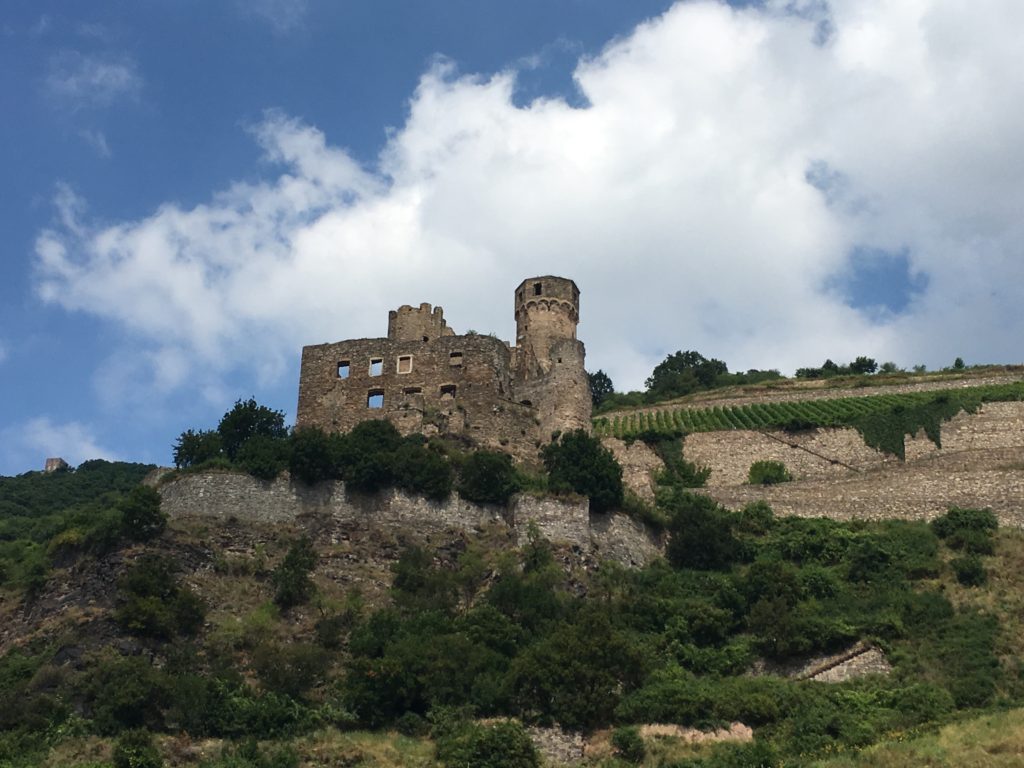
The castles of the Rhine. * Photo: Heidi Sarna
The legendary Lorelei is a craggy cliff that towers over a deep, narrow and at one-time dangerous section of the Middle Rhine. It once held a powerful sway over sailors who imagined there to be a beautiful mermaid in the rocks beckoning them with her alluring song, and causing ships to come to grief.
From the early 19th century to current times, the mythical siren and the desire she stirred have inspired an endless procession of poems, paintings and the late 19th-century opera Lorelei.
Throughout this stretch, besides the many day and hotel-style river boats, campsites — clusters of neat and tidy tents and RVs — pop up along the banks paying homage to the gorgeous landscape.
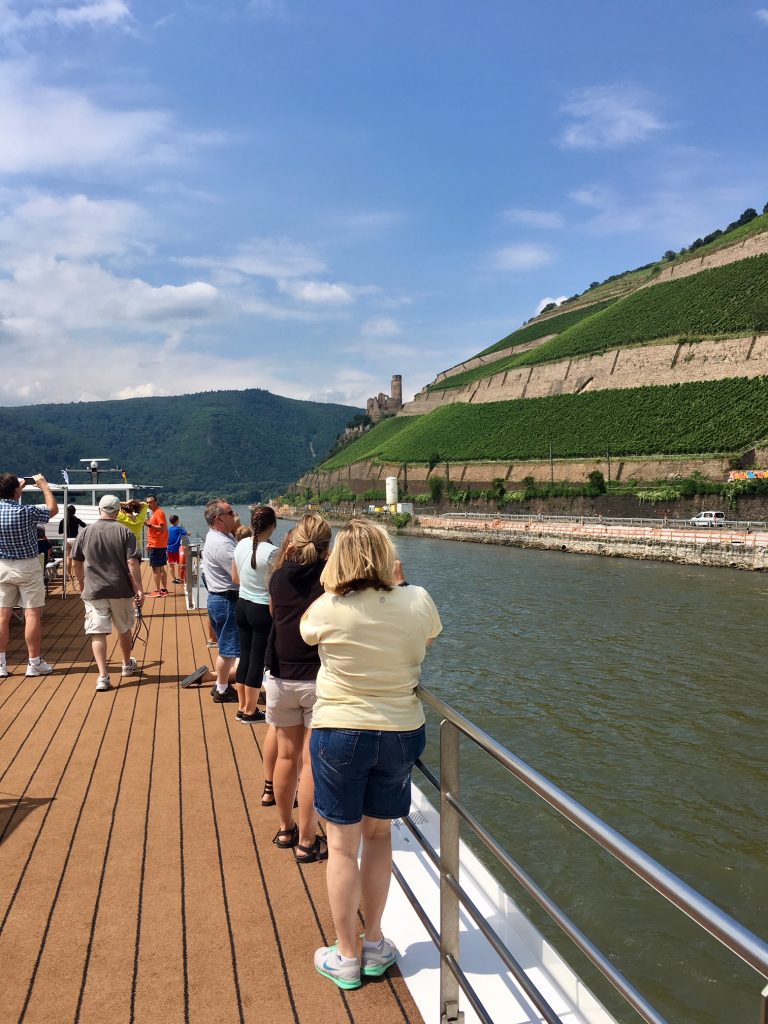
It’s a castle fest on the middle Rhine. * Photo: Heidi Sarna
A Rhine River Cruise is a UNESCO World Heritage Fest
Besides cathedrals and the old quarters of many port towns and cities on a Rhine Cruise being UNESCO World Heritage sites, in 2002, the 40-mile (65-km) Middle Rhine Valley region between Bingen und Koblenz was awarded UNESCO World Heritage status. Here’s an excerpt from the world body:
“As a transport route, the Rhine has served as a link between the southern and northern halves of the continent since prehistoric times, enabling trade and cultural exchange, which in turn led to the establishment of settlements. Condensed into a very small area, these subsequently joined up to form chains of villages and small towns, and for over 1,000 years the steep valley sides have been terraced for vineyards.
The landscape is punctuated by some 40 hilltop castles and fortresses erected over a period of around 1,000 years. Abandonment and later the wars of the 17th century left most as picturesque ruins. The later 18th century saw the growth of sensibility towards the beauties of nature, and the often dramatic physical scenery of the Middle Rhine Valley, coupled with the many ruined castles on prominent hilltops, made it appeal strongly to the Romantic movement, which in turn influenced the form of much 19th century restoration and reconstruction.
Thanks to the relatively modest leeway given by the natural landscape of the Middle Rhine Valley to the people inhabiting it, this section of the river has undergone fewer changes than others. As a result, but also thanks to various early attempts to protect the landscape and its historical monuments, the landscape has remained largely untouched. And so, many of the features and elements that lend the area its authenticity have been preserved. However the railways that run along the valley contribute to the noise pollution in the Valley, which is a problem that needs to be mitigated.”
Pretty Port Highlights of a Rhine River Cruise
Most river cruises offer guided walking tours in each port as part of the fares, plus another optional tour or two to a vineyard, castle or notable city or town further afield.
Breisach, for Colmar. It’s a 30- to 40-minute bus ride from Breisach to charming Colmar, a compact French city in the heart of the Alsace wine region. The city’s old town is lovely, with colorful half-timbered houses, flowers everywhere and historic treasures like the 13th-century St. Martin’s Cathedral and the 14th-century Gothic Maison Adolph house. Colmar is also the birthplace of Statue of Liberty sculptor Frédéric Auguste Bartholdi.
Kehl, for Strasbourg. One of the highlights of the week is gorgeous Strasbourg, an Alsatian city on the French side of the Rhine. Its historic center is actually an island, called Grande Île, and it’s a UNESCO World Heritage site with no shortage of half-timbered houses and flower-lined canals — the photo ops are endless. The city’s impressive Gothic cathedral has a tower you can climb for sweeping views of the city.
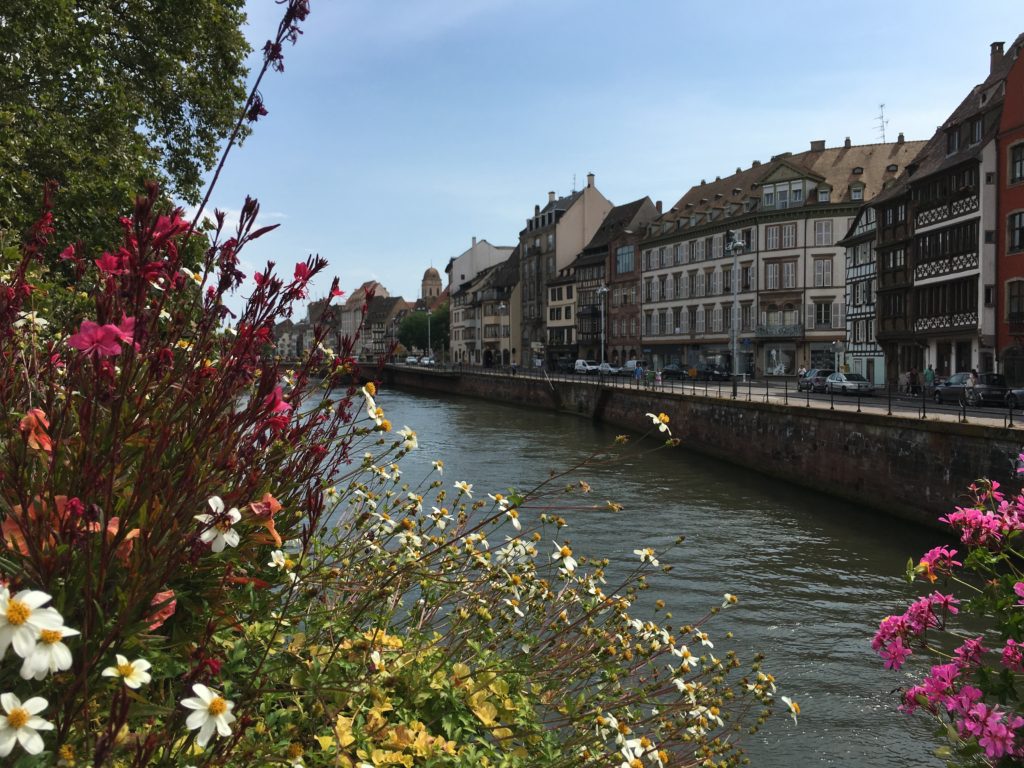
Stunning Strasbourg. * Photo: Heidi Sarna
Germersheim, for Speyer. It’s a short bus ride to Speyer, a lovely small town whose big star is Europe’s largest Romanesque cathedral, the massive 1,000-year-old Speyer Cathedral, a UNESCO World Heritage site. There’s also a local brewery, Domhof Hausbrauerei, that’s definite worth a visit for a pint or two. Some lines offer day trips to beautiful Heidelberg on the Neckar River, with its 14th-century university.
Rudesheim am Rhein. Classic Germany, admire the vineyards that line the hilly river banks surrounding this charming and popular riverside village, known for its 15th-century Drosselgasse cobblestoned lane lined with half-timbered shops and restaurants. Many folks choose to take the cable car up (you can also walk) to the top of the slope for an hour’s trek through the Niederwald forest with panoramic viewing points of the Rhine Valley below, and then down again via ski lift at the village of Assmannshausen.
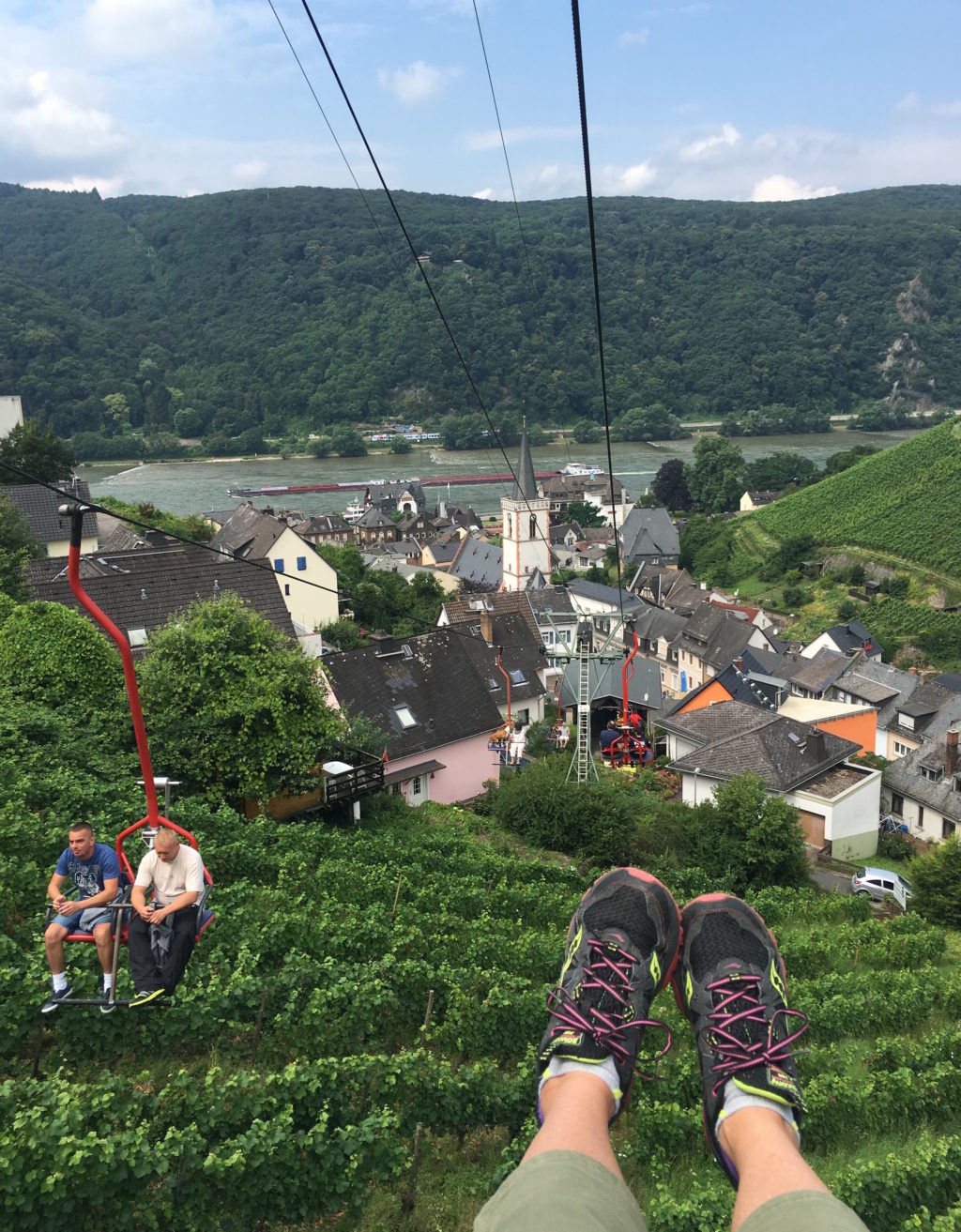
Over the grapes and down to the Rhine. * Photo: Heidi Sarna
Koblenz. Highlights of this historic city include a short aerial tram ride over the Rhine up to the 19th-century Ehrenbreitstein Fortress, a massive complex built on the site of previous forts that kept watch over the surrounding area for thousands of years. The gigantic equestrian statue of Emperor William I of Germany is another top site in this city, both for its size and its setting at the tip of a promontory where the Rhine and Moselle rivers meet.
Cologne. Walk from the boat to the city’s old town to marvel at Cologne’s massive Gothic Cathedral, a UNESCO World Heritage site, and one of Europe’s most famous (though much of Cologne was destroyed during WWII by Allied bombings, the pilots spared it). It’s stunning stained glass windows comprise classic designs and modern ones too, including an abstract 20-meter-high window created by German artist Gerhard Richter. Other sites include the 12 Romanic churches in the city’s old quarter along the Rhine.
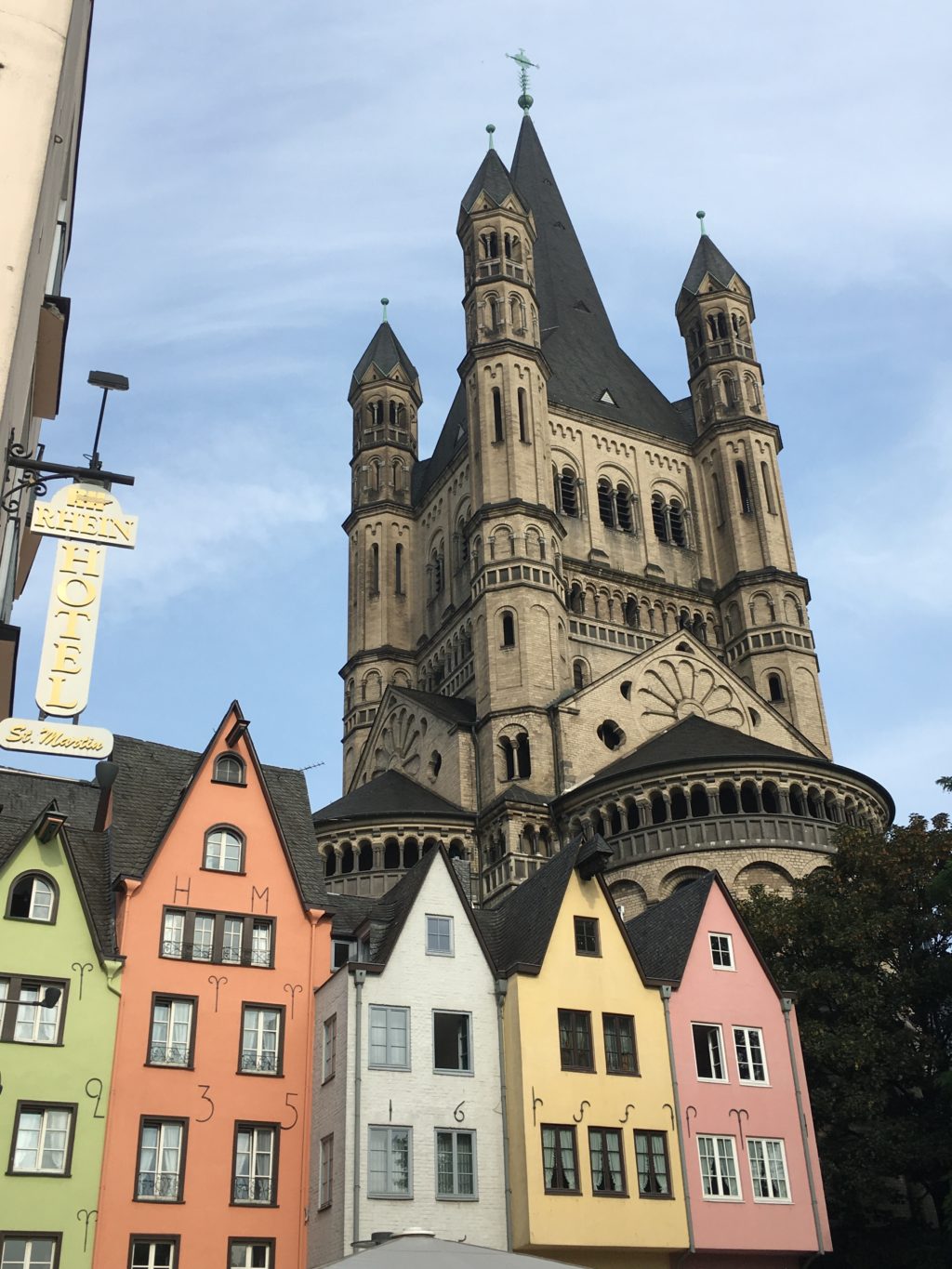
A lovely corner of Cologne. * Photo: Heidi Sarna
Worms. There’s a lot to see in Germany’s oldest city and one of it’s most important wine-growing centers, from the 7th-century Romanesque Cathedral of St. Peter to a Jewish cemetery with tombstones dating back to the 11th century.
One of Europe’s oldest Jewish quarters, Worms was once called the “Jerusalem of the Rhine.” It’s also renown as the city where back in 1521 German theologist Martin Luther refused to recant his teachings about Christianity at the Diet of Worms.
RELATED: Read a profile about a Rhine River boat captain Heidi interviewed.
Hope You Enjoyed My Rhine River Overview!
If you’d like our favorite travel advisor Kevin to help you book a Rhine River cruise, plus perhaps some pre/post-cruise hotel nights and tours in in embark/debark cities like Basel or Amsterdam, drop me an email (Heidi@QuirkyCruise.com) and I’ll connect you pronto!
![]()
Don’t miss a post about small-ship cruising, subscribe to QuirkyCruise.com for monthly updates & special offers!
© This article is protected by copyright, no part may be reproduced by any process without written permission from the author. All Rights Reserved. QuirkyCruise.com.

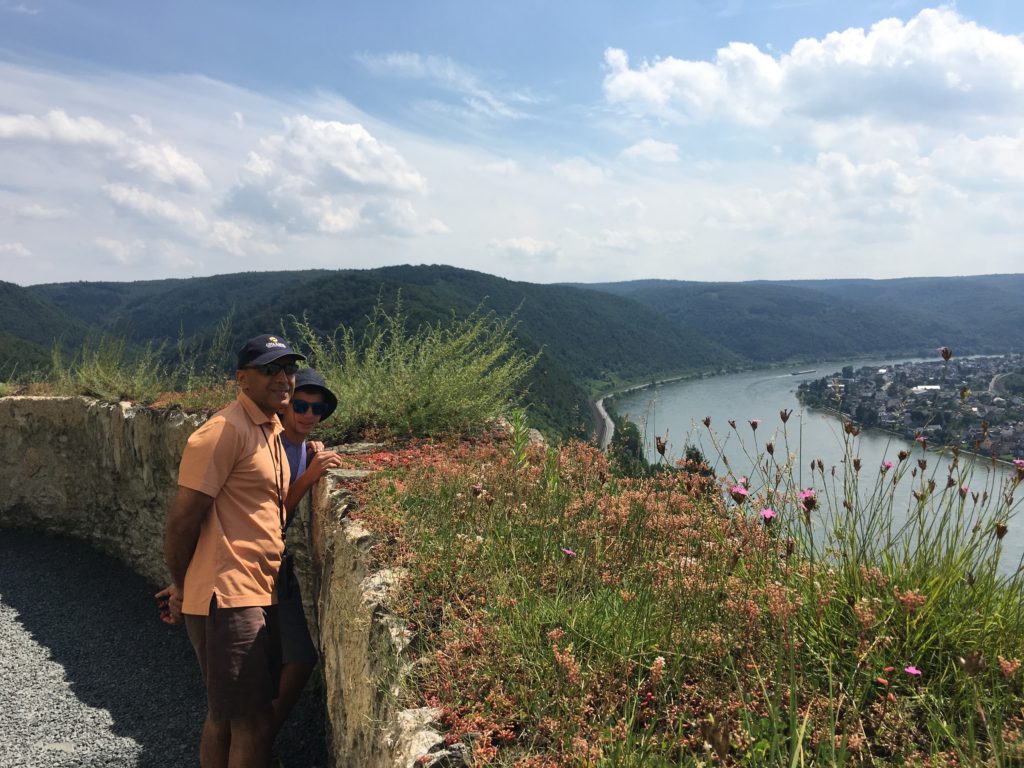

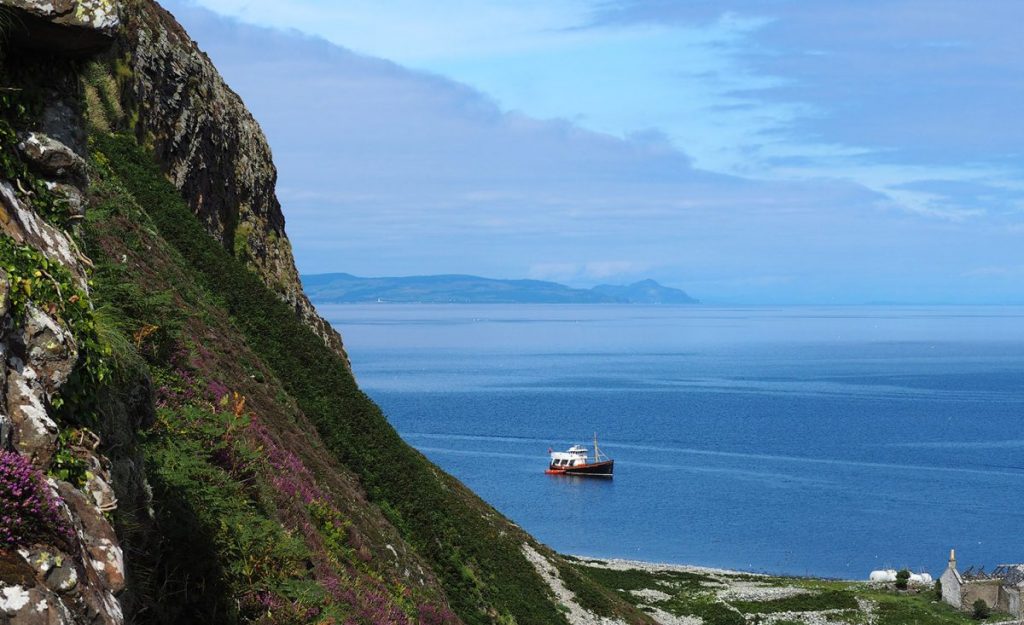
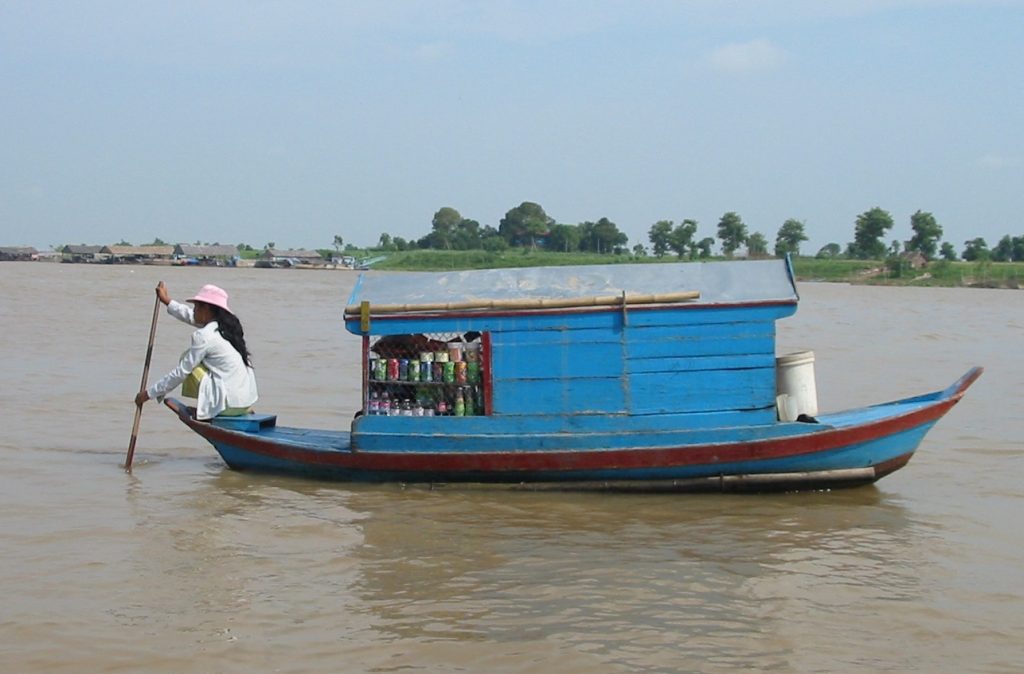
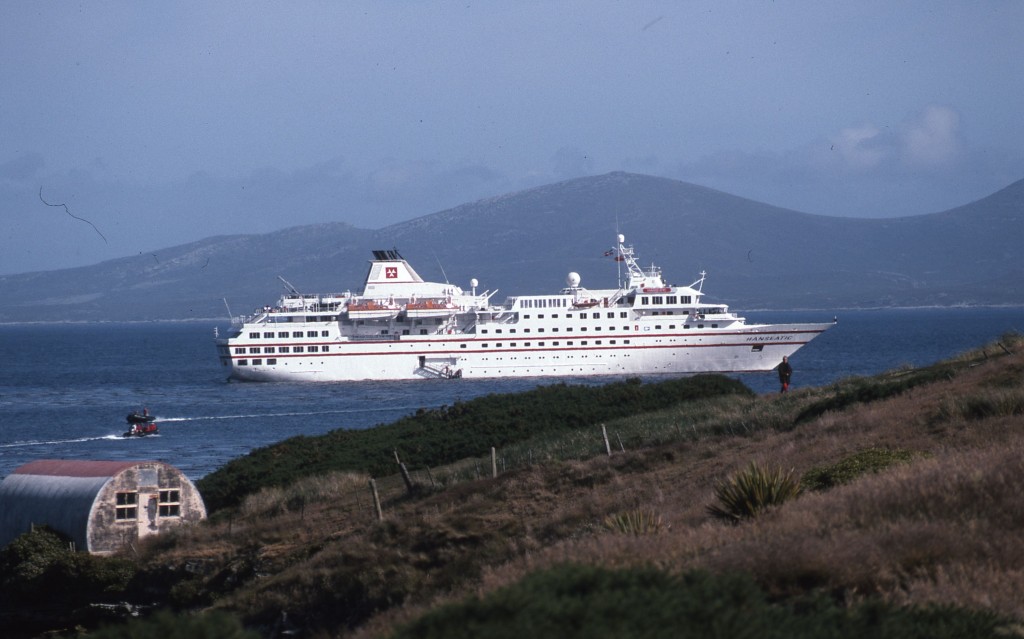
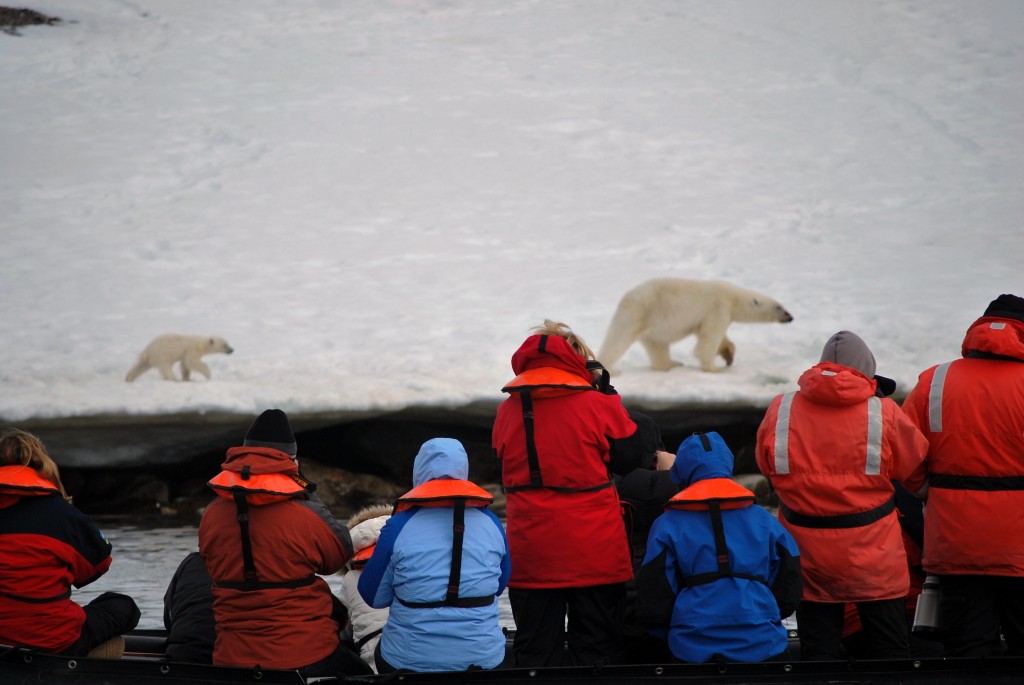
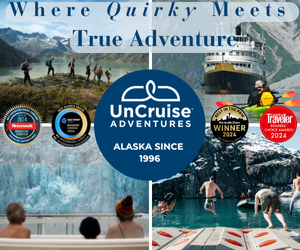
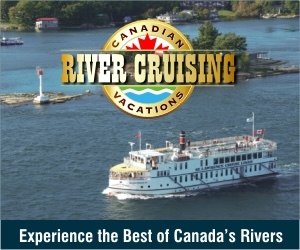
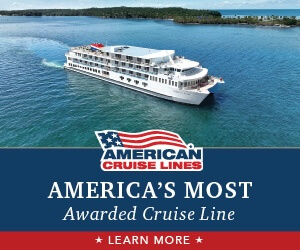




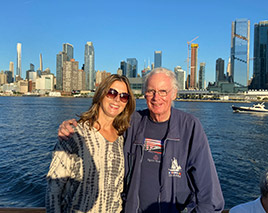 HEIDI SARNA
HEIDI SARNA
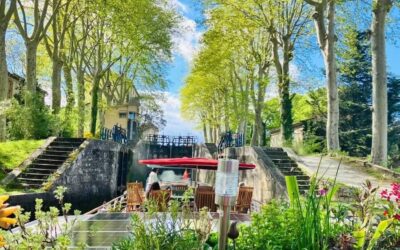


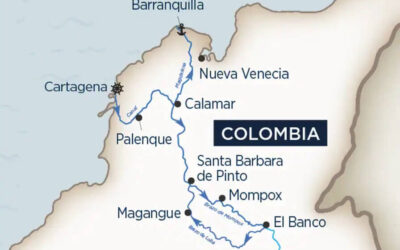
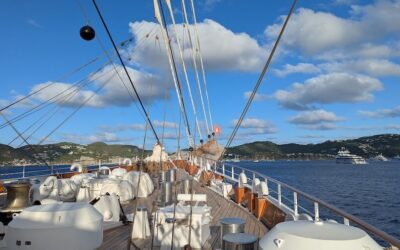

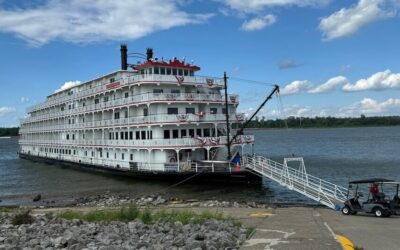
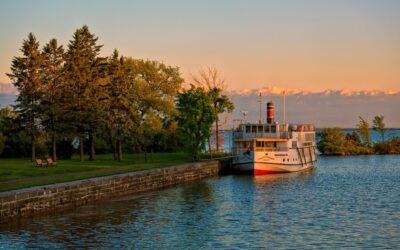

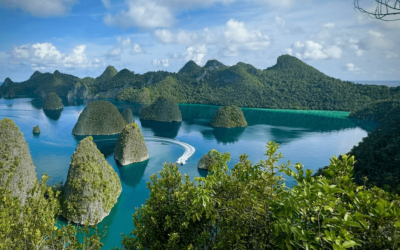
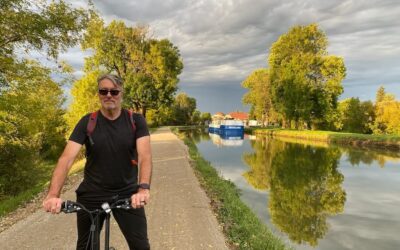

Very interesting, I want to go on a Rhine cruise now!
The life span of a river is more varied and layered than I ever realized, nice post.
Very informative and loved the pics. Motivated to take our kids on one next summer.